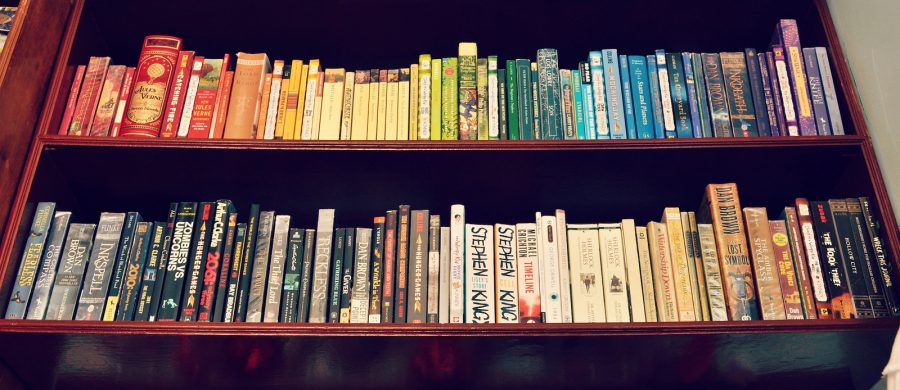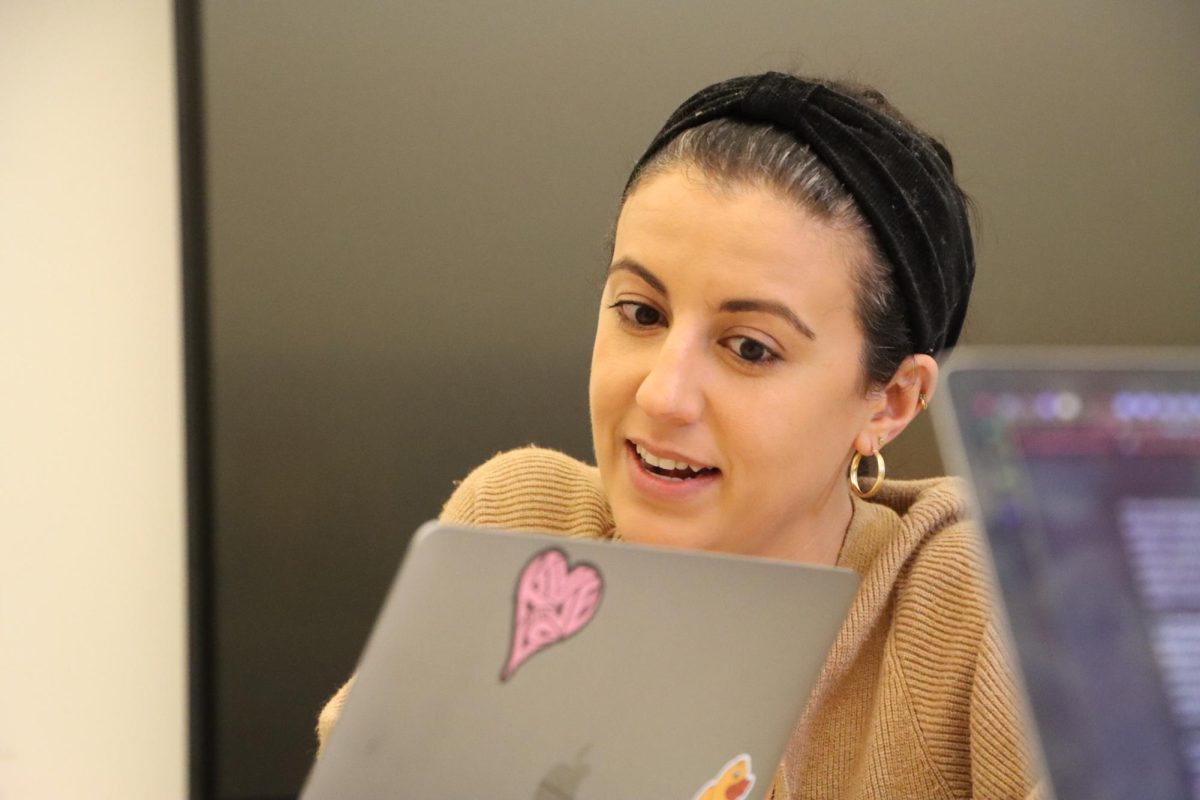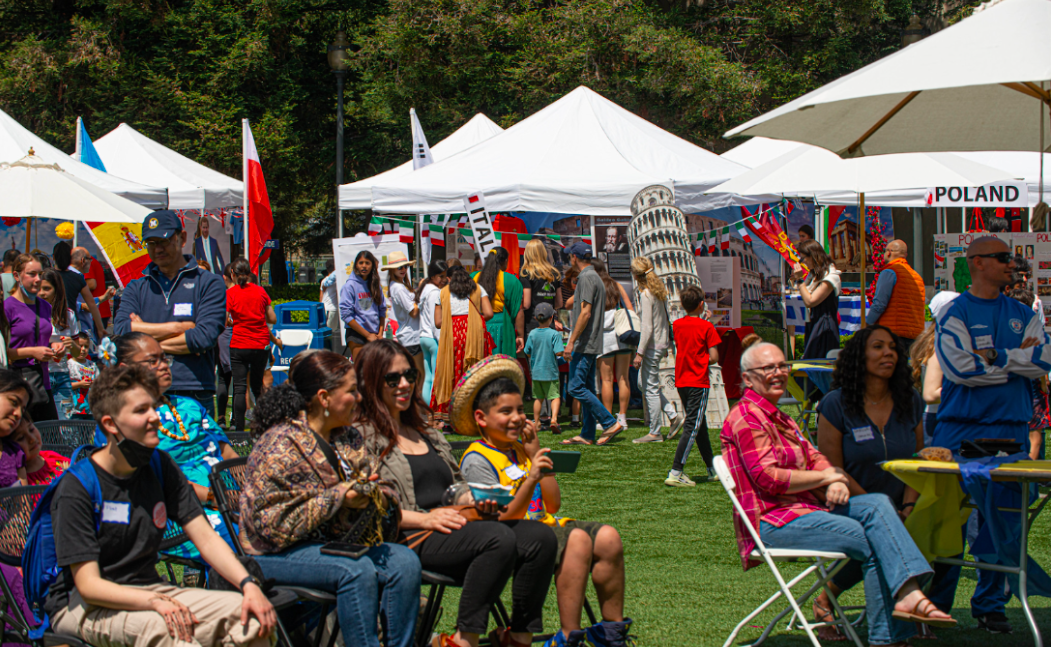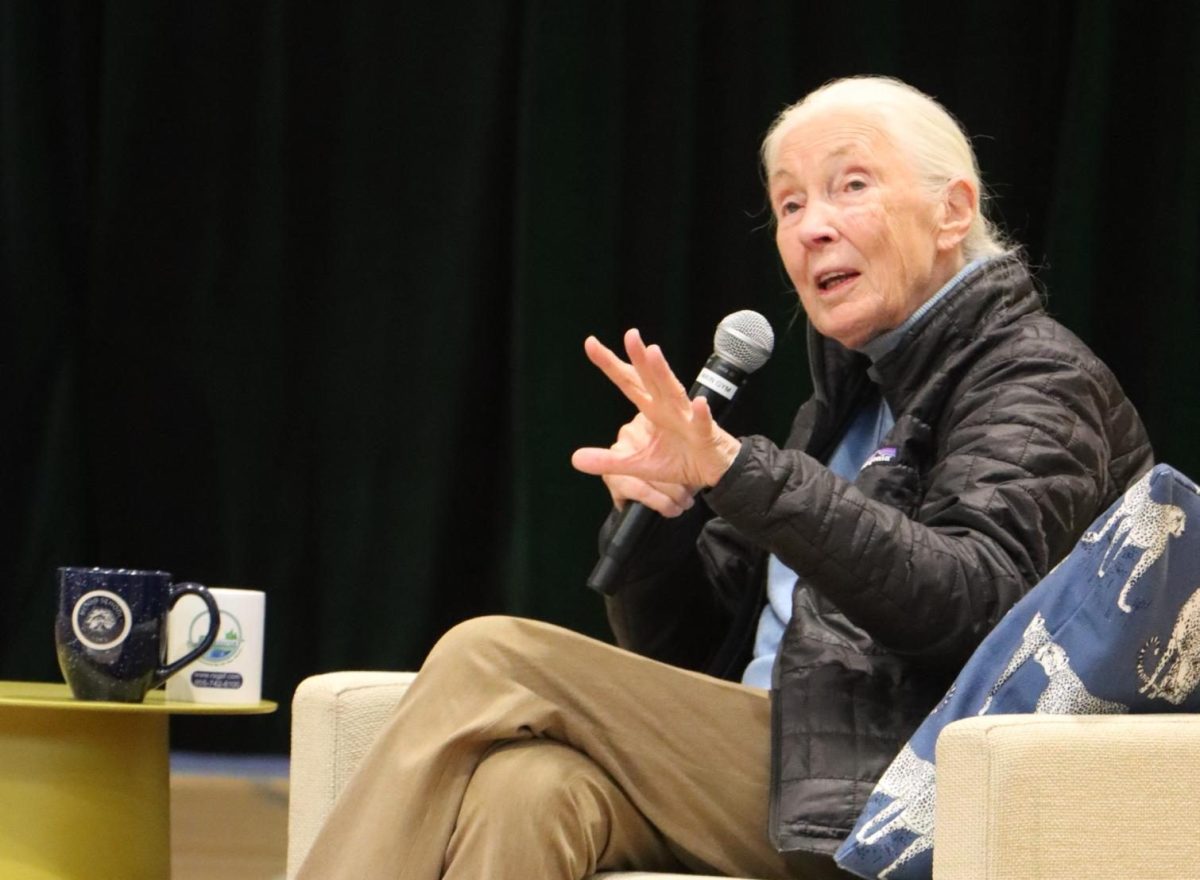A lot has happened in the STEM world this last week. Click to read about 5 cool STEM events.
Lauren Yang | News Editor
A new algorithm can now turn stories like the ones above into interactive games. Creative Commons image from idreamlikecrazy.

1. Google Docs introduces voice typing
Google Docs will soon be unveiling a new feature that will allow users to speak what they want to type. This new service supports over 40 languages and aims to provide convenience and efficiency to those that use it.

2. 3D printer for food
A new invention, called Foodini, can print edible food. Similar to a 3D printer that prints plastic, Foodini is able to print edible material by changing the heat of the nozzle to match the melting point of the printed material. Foodini is also versatile as it can produce pizza, pasta, ravioli, cakes, and cookies.

3. Turn your favorite story into a game
Researchers at Georgia Tech formulated an algorithm, called Scheherazade-IF, that can turn a fiction story into an interactive game. By examining the important plot points of the story, Scheherazade-IF can craft a game much like the choose-your-own-adventure games out there today.

4. Paralyzed man walks again with help of bionic suit
A bionic suit created by researchers at UCLA recently helped a paralyzed man walk again. The machine stimulates certain nerves in the body that cause legs to move in a rhythmic fashion similar to walking. Utilizing sensors and an exoskeleton, the bionic suit can sense the direction and speed the patient wants to walk. The suit also boasts of restorative services as it allows the patient to slowly support him or herself as recovery progresses.

5. Touch directed navigation
Yale researcher Adam Spiers recently invented a touch-based navigation device called Animotus. The goal of this invention is to provide blind people with a means of navigation by directing them with tangible directions. Animotus consists of two rotating rectangular prisms stacked on top of each other. The direction and degree of rotation provides the user with which direction and magnitude to walk in. Currently, Animotus calculates directions from sensors placed on walls, but Spiers hopes to one day incorporate GPS signals so that the device would be convenient for everyday use.








